Better Late Than Never!
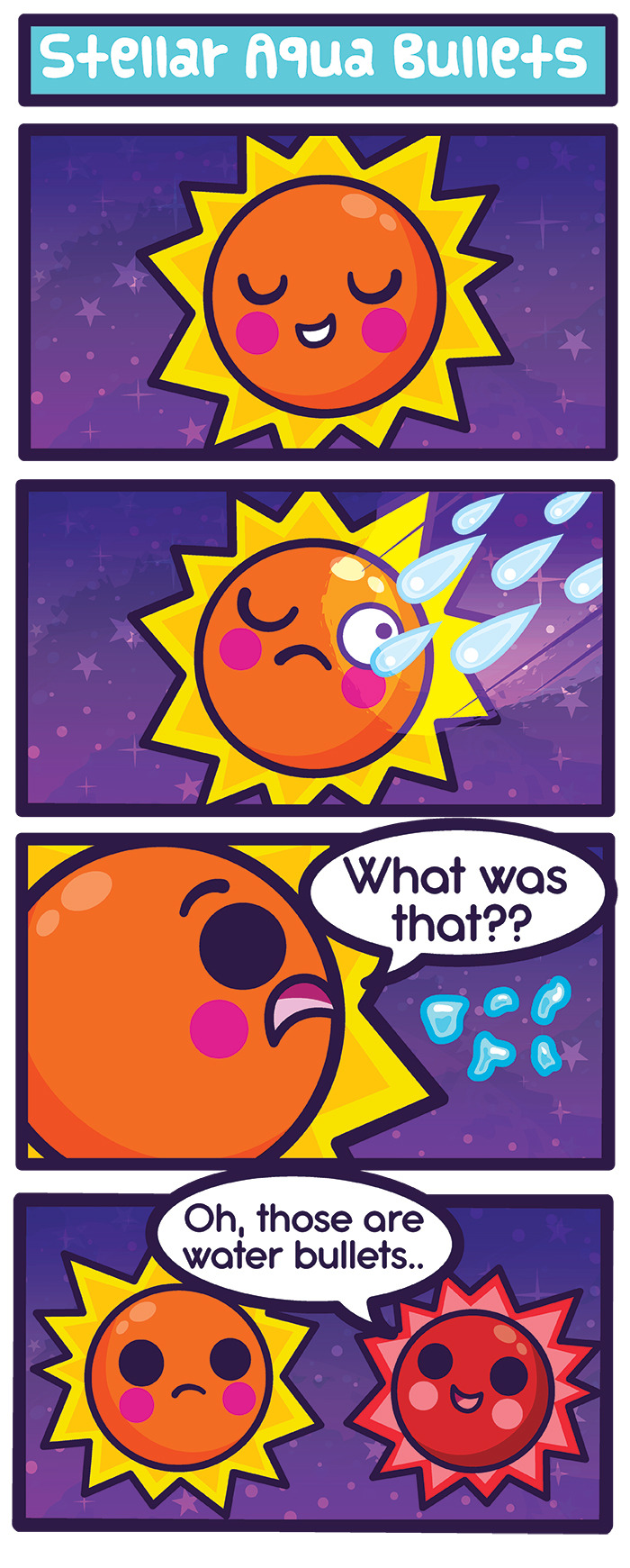
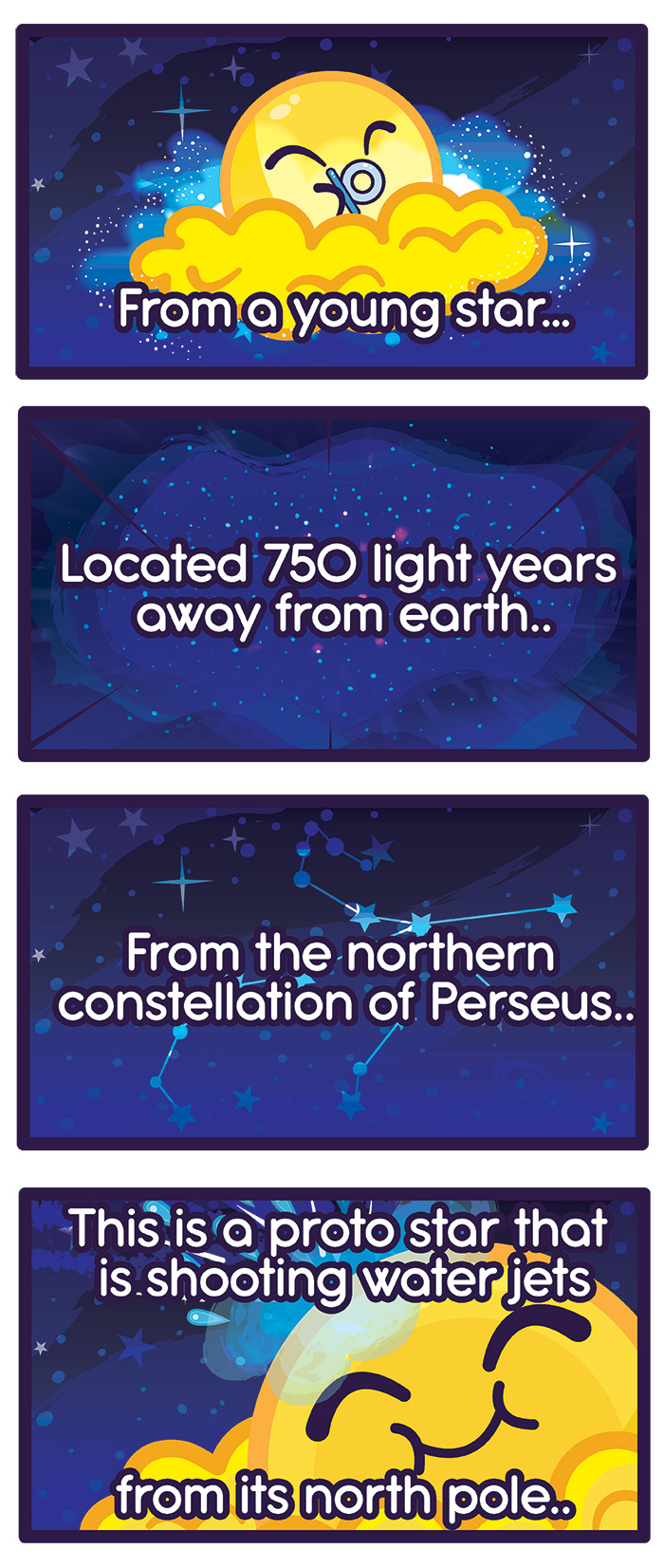

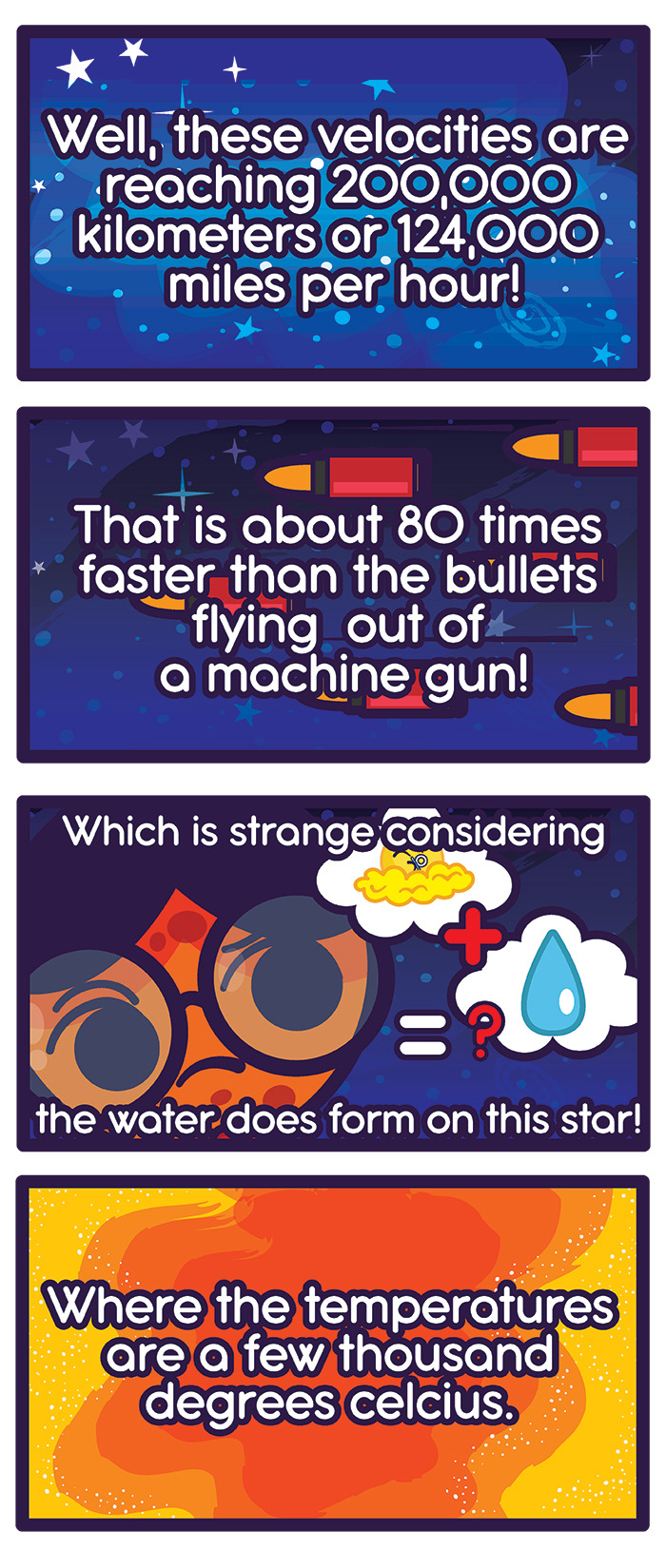
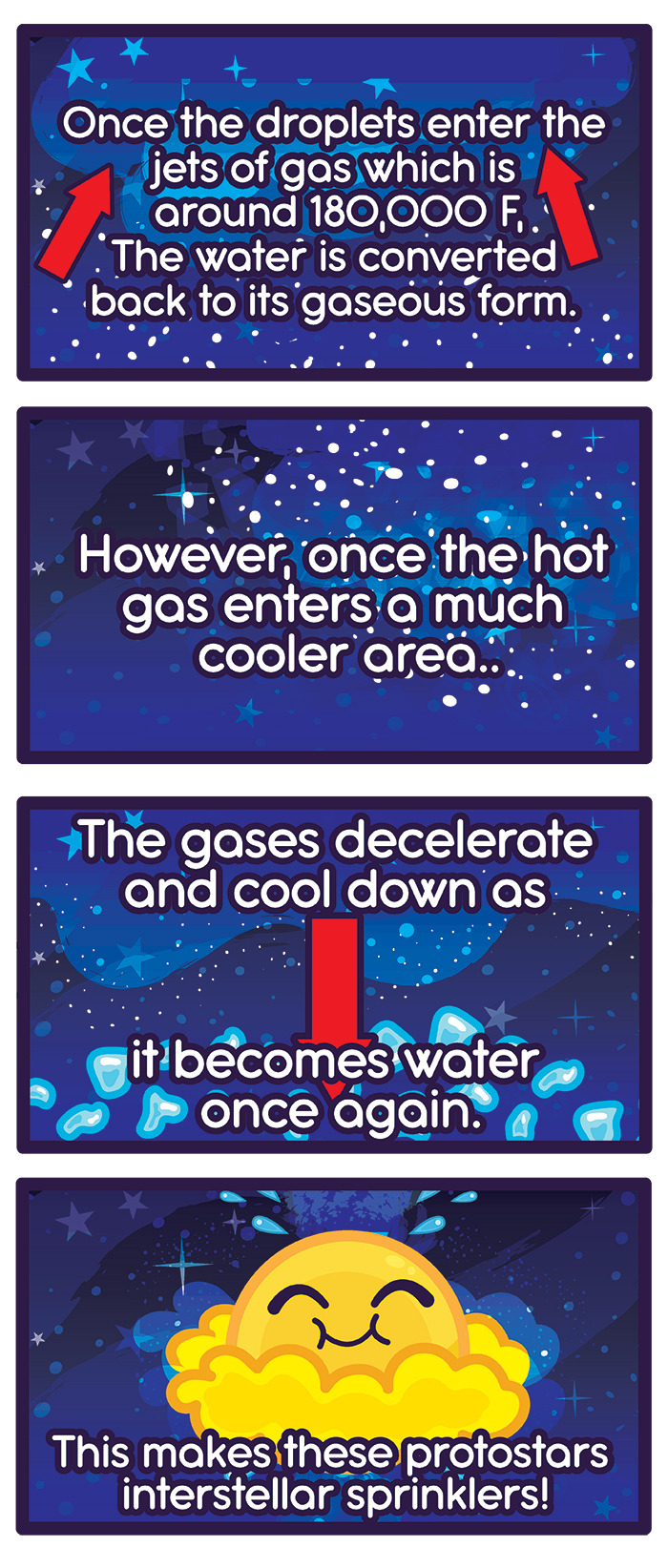

Better late than never!
Here’s a comic about a star that erupts water bullets! OoO!
https://news.nationalgeographic.com/news/2011/06/110613-space-science-star-water-bullets-kristensen/
https://www.huffpost.com/entry/star-shooting-water-jets-herschel_n_879211
https://www.popsci.com/technology/article/2011-06/herschel-spots-young-star-spewing-water-jets-interstellar-space?cmpid=tw
https://www.digitaltrends.com/web/young-stars-shoot-epic-quantities-of-water-into-space-study-shows/
More Posts from Night-hides-the-world and Others
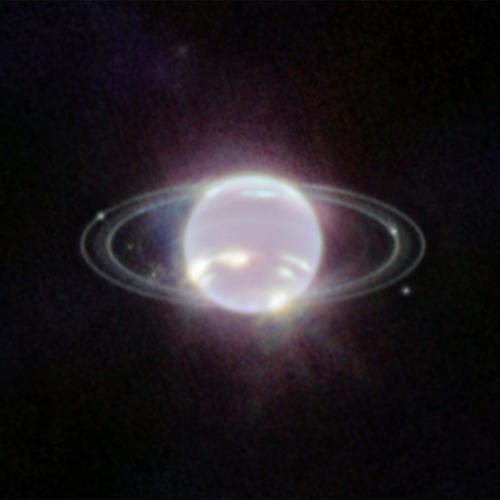
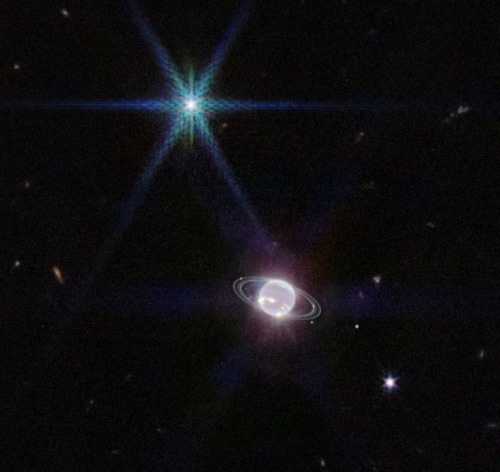
NASA released the clearest images of Neptune’s rings in over 30 years.
The Hubble Space telescope just sent back a new photo of the Twin Jet Nebula. Here’s what it looked like in 1997:

And now …

Whoa. But wait, we also got an updated image of the merging galaxies NGC 6240. What it looked like in 2008:

And today:

Science, you’re the best. Oh, and the explanation behind those merging galaxies and their black holes is wild.

Making a Spectacle of Star Formation in Orion
Looking like a pair of eyeglasses only a rock star would wear, this nebula brings into focus a murky region of star formation. NASA’s Spitzer Space Telescope exposes the depths of this dusty nebula with its infrared vision, showing stellar infants that are lost behind dark clouds when viewed in visible light.
Best known as Messier 78, the two round greenish nebulae are actually cavities carved out of the surrounding dark dust clouds. The extended dust is mostly dark, even to Spitzer’s view, but the edges show up in mid-wavelength infrared light as glowing, red frames surrounding the bright interiors. Messier 78 is easily seen in small telescopes in the constellation of Orion, just to the northeast of Orion’s belt, but looks strikingly different, with dominant, dark swaths of dust. Spitzer’s infrared eyes penetrate this dust, revealing the glowing interior of the nebulae.
Credit: NASA/JPL/Spitzer

NGC 6514, Trifid’s Unicorn

NGC 1999
Just south of the Orion nebula is a dense area of dust and gas forming stars, in fact, the first Herbig-Haro stars were located here, protostars pushing intense beams of matter out at the poles.
The mystery is the black blob in the white region, a reflective nebula from the star V380 Ori, but what is the dark patch ?

Originally it was thought to be a dense dark cloud of dust, hiding the light, however further analysis has found it is indeed a hole, made to look black in contrast to the bright reflective surroundings.
The #HubbleTelescope captured these auroras on #jupiter caused by light waves interacting with the planet’s magnetic fields.
-
 superusrblog liked this · 1 week ago
superusrblog liked this · 1 week ago -
 jojogigi reblogged this · 1 week ago
jojogigi reblogged this · 1 week ago -
 jojogigi liked this · 1 week ago
jojogigi liked this · 1 week ago -
 cursed--alien reblogged this · 1 week ago
cursed--alien reblogged this · 1 week ago -
 lemonpilotingmech liked this · 1 week ago
lemonpilotingmech liked this · 1 week ago -
 rogalion liked this · 1 week ago
rogalion liked this · 1 week ago -
 toygirly liked this · 1 week ago
toygirly liked this · 1 week ago -
 darkraven66697 reblogged this · 2 weeks ago
darkraven66697 reblogged this · 2 weeks ago -
 darkraven66697 liked this · 2 weeks ago
darkraven66697 liked this · 2 weeks ago -
 quasarsperminute liked this · 2 weeks ago
quasarsperminute liked this · 2 weeks ago -
 piscesgirl2020 liked this · 2 weeks ago
piscesgirl2020 liked this · 2 weeks ago -
 bebebutbetter liked this · 2 weeks ago
bebebutbetter liked this · 2 weeks ago -
 grandmath reblogged this · 2 weeks ago
grandmath reblogged this · 2 weeks ago -
 grandmath liked this · 2 weeks ago
grandmath liked this · 2 weeks ago -
 chococrepes-art liked this · 2 weeks ago
chococrepes-art liked this · 2 weeks ago -
 hekatelaufeyson reblogged this · 2 weeks ago
hekatelaufeyson reblogged this · 2 weeks ago -
 hekatelaufeyson liked this · 2 weeks ago
hekatelaufeyson liked this · 2 weeks ago -
 astradreamcatcher liked this · 2 weeks ago
astradreamcatcher liked this · 2 weeks ago -
 supercomputer276 reblogged this · 2 weeks ago
supercomputer276 reblogged this · 2 weeks ago -
 foolishness-and-confusion liked this · 2 weeks ago
foolishness-and-confusion liked this · 2 weeks ago -
 apocritast liked this · 2 weeks ago
apocritast liked this · 2 weeks ago -
 queenanthai liked this · 2 weeks ago
queenanthai liked this · 2 weeks ago -
 my-otaku-life101 liked this · 2 weeks ago
my-otaku-life101 liked this · 2 weeks ago -
 zenithofdisaster reblogged this · 2 weeks ago
zenithofdisaster reblogged this · 2 weeks ago -
 zenithofdisaster liked this · 2 weeks ago
zenithofdisaster liked this · 2 weeks ago -
 hermit-the-mom liked this · 2 weeks ago
hermit-the-mom liked this · 2 weeks ago -
 jeyjeyyy liked this · 2 weeks ago
jeyjeyyy liked this · 2 weeks ago -
 crazy-giulia reblogged this · 2 weeks ago
crazy-giulia reblogged this · 2 weeks ago -
 a-strange-grey reblogged this · 2 weeks ago
a-strange-grey reblogged this · 2 weeks ago -
 a-strange-grey liked this · 2 weeks ago
a-strange-grey liked this · 2 weeks ago -
 aheartofdawn reblogged this · 2 weeks ago
aheartofdawn reblogged this · 2 weeks ago -
 iolypse liked this · 2 weeks ago
iolypse liked this · 2 weeks ago -
 raziel3025 liked this · 2 weeks ago
raziel3025 liked this · 2 weeks ago -
 looookingup reblogged this · 2 weeks ago
looookingup reblogged this · 2 weeks ago -
 starrie-amethyst liked this · 2 weeks ago
starrie-amethyst liked this · 2 weeks ago -
 mightywolfmouse reblogged this · 2 weeks ago
mightywolfmouse reblogged this · 2 weeks ago -
 mightywolfmouse liked this · 2 weeks ago
mightywolfmouse liked this · 2 weeks ago -
 khb-reblogs reblogged this · 2 weeks ago
khb-reblogs reblogged this · 2 weeks ago -
 khb-writes liked this · 2 weeks ago
khb-writes liked this · 2 weeks ago -
 stainedglass-sketchbook liked this · 2 weeks ago
stainedglass-sketchbook liked this · 2 weeks ago -
 swordsagedachsie reblogged this · 2 weeks ago
swordsagedachsie reblogged this · 2 weeks ago -
 swordsagedachsie liked this · 2 weeks ago
swordsagedachsie liked this · 2 weeks ago -
 happilyscreechinginfluencer liked this · 2 weeks ago
happilyscreechinginfluencer liked this · 2 weeks ago -
 bururaven reblogged this · 2 weeks ago
bururaven reblogged this · 2 weeks ago -
 bururaven liked this · 2 weeks ago
bururaven liked this · 2 weeks ago -
 wemblingfool reblogged this · 2 weeks ago
wemblingfool reblogged this · 2 weeks ago -
 finndiseicla liked this · 2 weeks ago
finndiseicla liked this · 2 weeks ago -
 baronmagikcarp reblogged this · 2 weeks ago
baronmagikcarp reblogged this · 2 weeks ago -
 baronmagikcarp liked this · 2 weeks ago
baronmagikcarp liked this · 2 weeks ago
Astronomy and the other wonders you witness when you look to the skies.
115 posts



